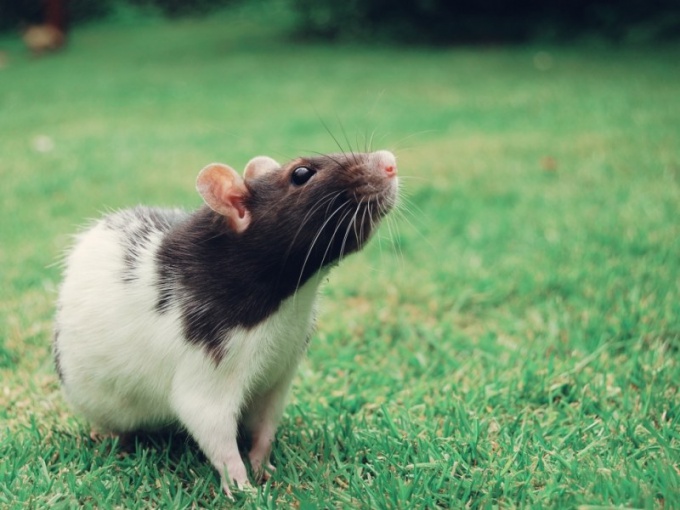You will need
- Two of the pelvis, a large towel or piece of cloth, baby soap or shampoo for bathing kittens, Hairdryer.
Instruction
1
Rats experiencing fear of water, should be bathed in the two tanks is filled with water by 2-4 cm, the Water reaching to the neck, will cause panic, the rat will be hard to escape. You should also eliminate the loud noises. Without making any sudden movements, carefully place the pet in the first container of water with a temperature of 30-35 °C. Start watering the withers and the back of the rat with water from the palm of your hand, lather your hands and gently RUB the wool, take the rat in his hands, to wash the abdomen and tail. For washing wool soap is used the second bucket with clean water. If necessary, change the water after the first rinsing.
2
Some decorative rats tolerate bathing or even love him, play with water and the hands of the owner, but it's the exception. Such Pets can be washed under running water directly from the tap. Watch the temperature of the water.
3
After bathing rats must be thoroughly dried. Towels soft and absorbent cloth perfect for removing excess moisture. Wrap pet in towel, gently RUB on the growth of hair. In the presence of a warm, dry nest that is enough, the rat itself will dried up hair and bring it into the desired form. If the animal lives in an open cage, drying of the wool should be paid more careful attention. Use the dryer with caution, so as not to scare the rat. Use a hair dryer only at minimum output, keeping it at a minimum distance of 15-20 cm, make Sure that air is not too hot, sending her to the inner bend of the elbow.
4
The male rats on the back sometimes formed sebaceous layers, they do not require washing, that's enough from time to time to wipe the back of the pet with a damp cloth.
Note
Bathing rats you can't use household cleaners, regular shampoo, sponges, washcloths, brushes.
Isolate pet from drafts while bathing and drying. Avoid getting water in the nose and ears of a rat, it leads to severe diseases and death of the pet.
Isolate pet from drafts while bathing and drying. Avoid getting water in the nose and ears of a rat, it leads to severe diseases and death of the pet.
Useful advice
Allow adequate ventilation around the cage or aquarium, where a live rat, on time and thoroughly clean the cage daily to remove remnants of feed and litter pet, this will help to reduce the frequency of bathing to once a month, even for male rats.
